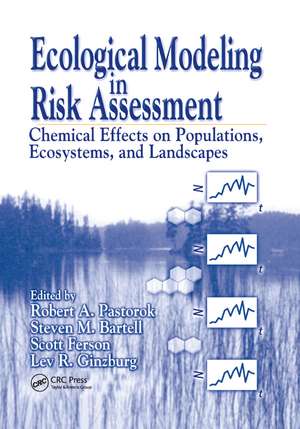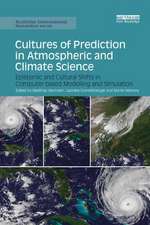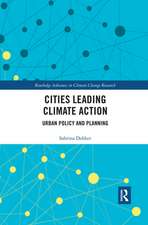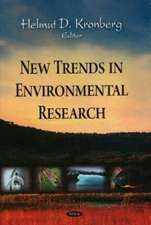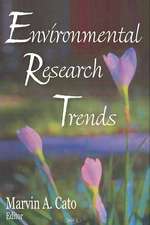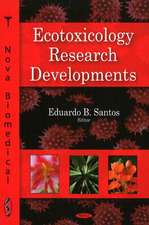Ecological Modeling in Risk Assessment: Chemical Effects on Populations, Ecosystems, and Landscapes
Editat de Robert A. Pastorok, Steven M. Bartell, Scott Ferson, Lev R. Ginzburgen Limba Engleză Paperback – 11 sep 2019
The authors give an overview of the current process of ecological risk assessment for toxic chemicals and of how modeling of populations, ecosystems, and landscapes could improve the status quo. They present a classification of ecological models and explain the differences between population, ecosystem, landscape, and toxicity-extrapolation models. The authors describe the model evaluation process and define evaluation criteria. Finally, the results of the model evaluations are presented in a concise format with recommendations on modeling approaches to use now and develop further.
The authors present and evaluate various models on the basis of their realism and complexity, prediction of relevant assessment endpoints, treatment of uncertainty, regulatory acceptance, resource efficiency, and other criteria. They provide models that will improve the ecological relevance of risk assessments and make data collection more cost-effective. Ecological Modeling in Risk Assessment serves as a reference for selecting and applying the best models when performing a risk assessment.
| Toate formatele și edițiile | Preț | Express |
|---|---|---|
| Paperback (1) | 494.49 lei 6-8 săpt. | |
| CRC Press – 11 sep 2019 | 494.49 lei 6-8 săpt. | |
| Hardback (1) | 1284.23 lei 6-8 săpt. | |
| CRC Press – 30 oct 2001 | 1284.23 lei 6-8 săpt. |
Preț: 494.49 lei
Preț vechi: 581.75 lei
-15% Nou
Puncte Express: 742
Preț estimativ în valută:
94.62€ • 101.18$ • 78.89£
94.62€ • 101.18$ • 78.89£
Carte tipărită la comandă
Livrare economică 18 aprilie-02 mai
Preluare comenzi: 021 569.72.76
Specificații
ISBN-13: 9780367396800
ISBN-10: 0367396807
Pagini: 324
Dimensiuni: 178 x 254 x 18 mm
Greutate: 0.6 kg
Ediția:1
Editura: CRC Press
Colecția CRC Press
ISBN-10: 0367396807
Pagini: 324
Dimensiuni: 178 x 254 x 18 mm
Greutate: 0.6 kg
Ediția:1
Editura: CRC Press
Colecția CRC Press
Public țintă
Academic and Professional Practice & DevelopmentCuprins
INTRODUCTION. Objectives. Selecting and Using Ecological Models in Ecological Risk Assessment. METHODS. Compilation and Review of Models. Selection of Models for Further Development and Use. Workshop on Ecological Modeling. RESULTS OF THE EVALUATION OF ECOLOGICAL MODELING. Population Models - Scalar Abundance. Population Models - Life History. Population Models - Individual-Based. Population Models - Metapopulations. Ecosystem Models - Food-Webs. Ecosystem Models - Aquatic. Ecosystem Models - Terrestrial. Landscape Models - Aquatic and Terrestrial. Toxicity-Extrapolation Models. ENHANCING THE USE OF ECOLOGICAL MODELS IN DECISION-MAKING. CONCLUSIONS AND RECOMMENDATIONS. REFERENCES.
Notă biografică
Robert A. Pastorok, Steven M. Bartell, Scott Ferson, Lev R. Ginzburg
Descriere
Expanding the risk assessment toolbox, this book provides a comprehensive and practical evaluation of specific ecological models for potential use in risk assessment. Ecological Modeling in Risk Assessment: Chemical Effects on Populations, Ecosystems, and Landscapes goes beyond current risk assessment practices for toxic chemicals as applied to individual-organism endpoints to describe ecological effects models useful at the population, ecosystem, and landscape levels. The authors demonstrate the utility of a set of ecological effects models, eventually improving the ecological relevance of risk assessments and making data collection more cost effective.
